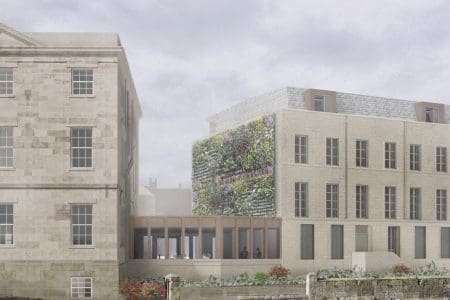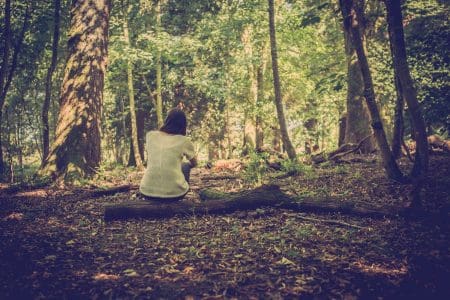With a desire to spend more time in open spaces the countryside, parks and gardens in and around Bury St Edmunds in Suffolk offer much to explore, with several places you can explore for free.
Offering lots of space these include West Stow Country Park, Nowton Park, National Trust Ickworth Park and Gardens, the gardens at Kentwell Hall and the Abbey Gardens. Stay overnight when we can travel again.
Alternatively you can discover the plethora of things to do in Bury St Edmunds itself.
West Stow Country Park
Surrounding a recreated Anglo Saxon Village and with 125 acres of unspoilt countryside, trails, heath and woodland walks, there is plenty to explore for free at West Stow Country Park, near Bury St Edmunds, Suffolk. For wildlife enthusiasts there are two bird hides and a bird feeding area as well as a lake and the River Lark with all the life that this attracts. Perfect for picnics on sunny days, energetic winter walks or an evening stroll, the park also welcomes dogs, provided they are kept on a lead. Currently the park is open and free to visit, the Anglo Saxon Village re-opened on 8 July but there is a fee to enter it. The children’s playground is closed until further notice.
Nowton Park
With over 200 acres of landscaped gardens to explore for free, Nowton Park is the ideal place for a walk on a sunny day. Get lost in the hornbeam maze, which is shaped like a giant, stylised oak tree. Here some 2,500 hornbeam trees provide over two miles of hedging, maintained at a height of around two metres. The centre of the maze is marked by a fastigiate oak (with upright branches), so if you lose your companions it’s a good place to meet up. Nature lovers can visit the unique arboretum which is home to trees from around the world such as eucalyptus from Australia, paperbark maple from China and Kentucky coffee trees from North America. A panda was carved in 1998 and placed in the China region along with some bamboo to add to the vision of this geographical area. There is also a dragon that was carved from a cedar tree that was growing in the park but was struck by lightning. A totem pole stands 35.4ft (10.8m) tall near the centre of the North American region of the arboretum carved from a western red cedar, which is the species traditionally favoured by Native Americans for their totem poles. There is also a large play area, plus two football pitches and space for a picnic.
National Trust Ickworth House, Park and Gardens
The tranquil park and gardens surrounding the National Trust’s Georgian Italianate Ickworth House, near Bury St Edmunds are open for visitors to explore. Take a picnic, see the walled garden and seasonal meadow, both especially magical during the summer. Tickets for the park and gardens have reduced availability and must be prebooked in advance to ensure safe distancing; National Trust members have free entry. (The house, shop and café are currently closed until further notice).
Kentwell Hall
Located on the edge of the pretty village of Long Melford, Kentwell Hall is not only a stunning period house and garden, but it’s also a lived-in and much-loved family home with its story beginning over 500 years ago. Built originally by local wealthy wool merchants, Kentwell Hall has undergone several restorations by a succession of owners but has retained its original essence as a Tudor home. Now open, the 30 acres of gardens are a haven of peace offering tranquil breathing space with romantic moats, extensive lawns, walled gardens, massive clipped yews, espaliered fruit trees and giant cedars. A mass of wild flowers, including pyramid orchids, take over the tennis court lawns, and the mixed border beds in the Walled Garden and the Sunken Garden are a riot of colour. The herb garden is flourishing and the moat walls are draped with roses. Book entry tickets in advance. (The house is currently closed until further notice).
Abbey Gardens
If you do visit the town itself, the free entry Abbey Gardens in the heart of Bury St Edmunds has plenty of space for families. Take a step back in time and wander around the ruins of the Abbey of St Edmund founded 1,000 years ago in 1020 by King Canute and head to the wildlife feeding area where you can get up close to some of Suffolk’s native birds and animals. Bring your own picnic too. The children’s playground is now open.
For more information about where to stay and things to see and do around Bury St Edmunds visit www.burystedmundsandbeyond.co.uk.



